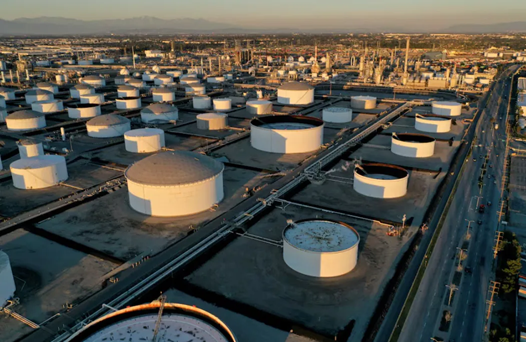Oil prices headed for biggest weekly drop in two years as geopolitical risks fade

LONDON Oil prices rebounded slightly on Friday but were still on track for their biggest weekly drop since March 2023, as concerns about supply disruptions from the conflict between Iran and Israel faded quickly following the ceasefire.
Brent futures were up 0.75% at $68.24 a barrel by 12:02 GMT, while US West Texas Intermediate (WTI) edged up 0.8% to $65.75 a barrel.
From escalating tensions to easing risks
During nearly two weeks of fighting that began on June 13 when Israel launched strikes on Iran’s nuclear facilities, Brent crude has surged above $80 a barrel, reflecting concerns about supply disruptions. However, after US President Donald Trump announced a ceasefire, the market quickly turned sharply lower.
As a result, both Brent and WTI crude futures recorded a weekly loss of around 12%, indicating that the market had almost completely removed the geopolitical premium.
"We are back to the fundamentals of the market, after completely ignoring the risks from Middle East tensions," said Janiv Shah of Rystad Energy.
Next focus: OPEC+, summer demand and inventories
Attention now turns to the OPEC+ meeting scheduled for July 6, where the world's top oil-producing alliance is expected to increase production by around 411,000 barrels per day.
"In addition to the OPEC+ meeting, the market is also closely watching summer demand indicators, which are key to the price trend in Q3," said Shah.
Still, some price-supporting factors remain in place. Data from the US Energy Information Administration (EIA) showed crude and refined product inventories fell in the latest week, while demand and refining activity increased.
Inventories fall in Europe and Asia, Chinese imports surge
According to data released on Thursday:
Oil and gas inventories at the Amsterdam-Rotterdam-Antwerp (ARA) fell to their lowest in more than a year.
Singapore's middle distillate inventories also fell, as net exports rose.
Meanwhile, China, the world's largest oil importer, has sharply increased its imports of Iranian oil in June. According to ship tracking firm Vortexa, China bought an average of 1.8 million barrels per day from Iran in the first three weeks of the month, a record high since records began.
Conclusion: Oil price movements still depend on supply-demand and politics
Although the Iran-Israel ceasefire has reduced geopolitical risks, the oil market still has to consider many factors: OPEC+ supply, global inventories, summer consumption trends and imports from Asia.
If OPEC+ acts cautiously and demand continues to be sustained in the summer, the market could regain momentum. Conversely, if production increases sharply while demand does not improve sufficiently, oil prices could continue to correct deeply in the coming weeks.
